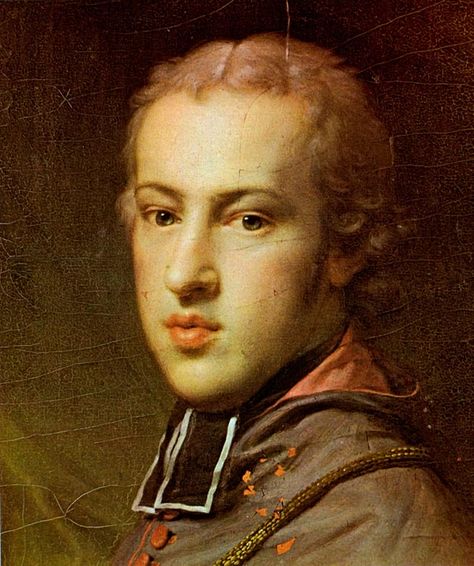With this work the history of the piano concerto entered a new phase. At long last Beethoven had brought all his artistic powers to bear on the concerto, now exhibiting the fullest consistency of thought, feeling, beauty, and sensitivity. — Lewis Lockwood on the 4th Piano Concerto
From the very first note Beethoven announces that his Piano Concerto No. 4 is going to be different. Never before had a piano concerto begun with the solo piano, and what it plays is soft, unassuming, seemingly unpromising, more of a rhythmic motif of repeated notes than a theme.
Throughout the 1st movement of the 4th Piano Concerto, numerous themes are introduced and reappear, but not in the strict structured manner we expect from sonata from. Yet the disorientation is not threatening. We don’t care because the result is transcendent.
The 2nd movement Andante of the Piano Concerto No. 4 is for piano and strings alone, and they are completely at odds. In angry defiant octaves, the strings assert their dominance, but the piano answers with a soothing lyrical lullaby. The strings repeat, and the third time they even step on the piano’s toes before it’s not quite finished with its calm appeal. Through several cycles, the piano finally prevails in sedating the strings until they sit with humble adoration at the piano’s gentle beauty.
The early Beethoven scholar Adolph Bernhard Marx likened the 2nd movement of the Fourth Piano Concerto to Orpheus calming the Furies during his descent into the Underworld to rescue Euridice. The idea that Beethoven based his music on such a literal program is discounted by most modern Beethoven scholars, but a strong case is made by Owen Jander in the article “Beethoven’s ‘Orpheus in Hades’: The Andante con moto of the Fourth Piano Concerto”
The last movement of the Fourth Piano Concerto begins without pause or at most a slight one, and we’re immediately swept away in what seems like a simple call and response, where passages by the orchestra are followed by elaborations by piano.
The dialog between piano and orchestra has been reconciled in the last Rondo movement of the 4th Piano Concerto in near blissful harmony. Beethoven brings in trumpets and drums (did you miss them earlier?) and revels in inventive manipulations until the spectacular conclusion.
#Beethoven250 Day 193
Piano Concerto No. 4 in G Major (Opus 58), 1806
The amazing Mitsuko Uchida with the Bavarian Radio Symphony at the Proms in London.
The whole work is characterized by quiet reflective gravity, by a latent energy, capable from time to time of expressing intense vitality, but usually preserving the mood of tranquility. — Paul Bekker on the Piano Concerto No. 4, Beethoven, p. 122
The Piano Concerto No. 4 is the first of 11 major compositions that Beethoven dedicated to the Archduke Rudolph, the youngest son of the late Emperor Leopold II and the brother of Emperor Franz.

Only 18 years old at the time that Beethoven composed his 4th Piano Concerto, Archduke Rudolph remained a longtime friend of Beethoven, and for many years took piano and composition lessons from him.